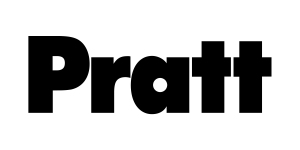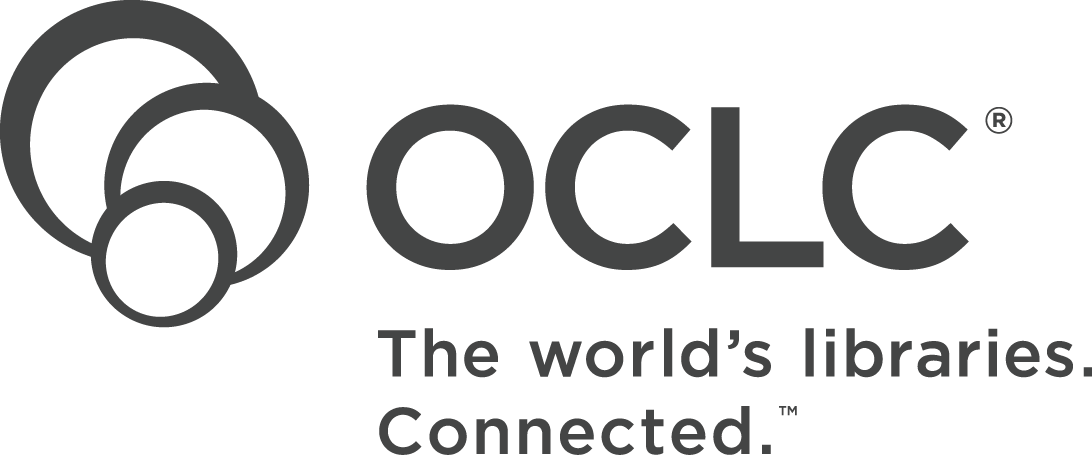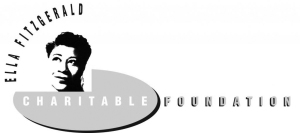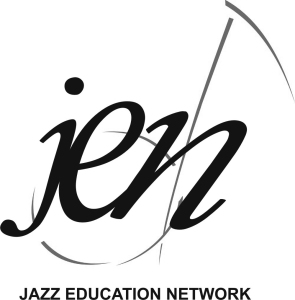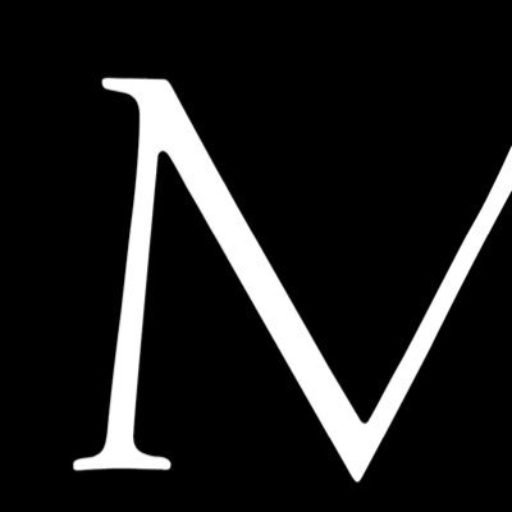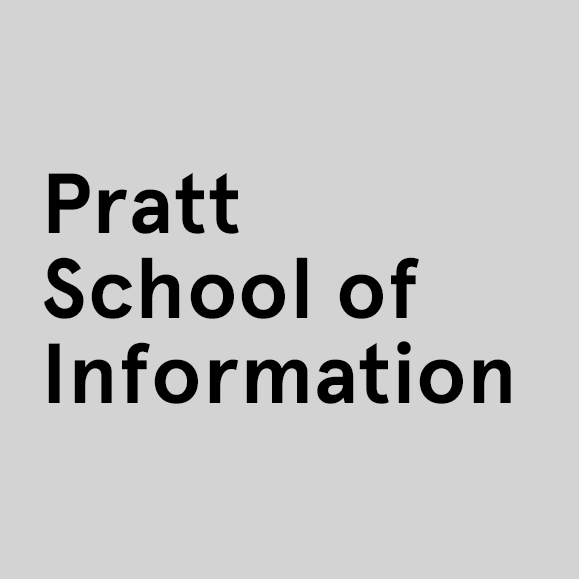Projects
Roma / New York: 1948-1964 (Germano Celant) Pilot - The E.A.T. Knowledge Graph - E.A.T. Bibliography - Linked Jazz - Women of Jazz - International Sweethearts of Rhythm Project - Zena Latto Project - Local 496 Project - Linking Lost Jazz Shrines - Curatorial History and Activism of the AAAC - DADAlytics - The Mary Berenson Project - Drawings of the Florentine Painters
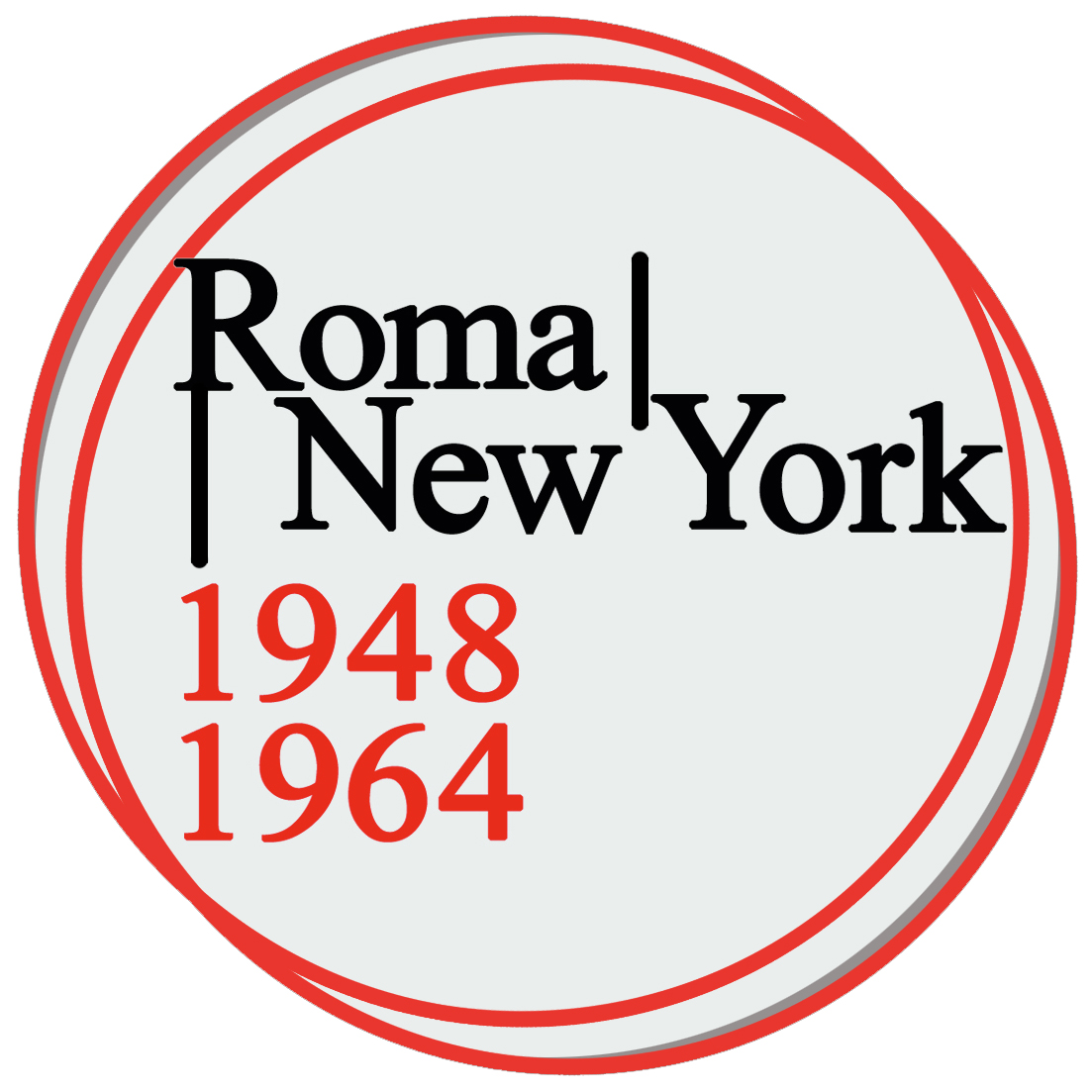 Roma / New York: 1948–1964 (Germano Celant) Pilot
Roma / New York: 1948–1964 (Germano Celant) Pilot
Roma/New York 1948–1964: An Art Exploration is a text by Italian art critic and curator Germano Celant and author Anna Costantini. It chronicles the intersecting relationships and activities of artists, key figures, and institutions during the pivotal years of 1948 to 1964. The text examines the interchange between American and Italian art, focusing particularly on Rome and New York City as vibrant art-cultural hubs during this transformative period in the modern and contemporary art world.
The Roma / New York: 1948-1964 (Germano Celant) Pilot aims to transform the text’s detailed accounts of relationships and activities into structured statements. The project goal is to form a time- and place-sensitive linked data model to map the interconnected dynamics of people, events, and institutions described in the text. Project documentation can be found here.
Over the course of his six decades-long career Robert Rauschenberg (1925-2008) challenged artistic conventions, defied genres and fostered unconventional collaborations between disparate communities—from dancers and musicians to scientists and engineers. In 1966, with Bell Laboratories engineer Billy Klüver, Rauschenberg founded Experiments in Art and Technology (E.A.T.), a seminal initiative to connect art and technology in an impactful way. By leveraging linked data technologies through a dedicated suite of digital tools and applications, this project aims to expose the rich web of creativity, innovation, and exchange that E.A.T. generated in avant-garde artwork and performance.
Thanks to an ongoing collaboration with the Robert Rauschenberg Foundation Archives and the executive director of E.A.T., Julie Martin, we are currently processing a collection of approximately 150 items that document the initial phase of E.A.T., particularly the notable large-scale performance series, “9 Evenings: Theater and Engineering.” The collection includes photos, notebooks, videos, posters, and newspaper clippings.
The E.A.T. Knowledge Graph (formerly E.A.T. + LOD) project documentation can be found here.
Sources
E.A.T. Bibliography, August 12, 1965-January 18, 1980 / by Billy Klüver. Rev. ed. New York: Experiments in Art and Technology, 1980.
The E.A.T. Bibliography provides a list of over 600 bibliographic references to material published by E.A.T. and articles on E.A.T. activities from 1965 to 1980. The Semantic Lab has converted this bibliographic information into linked data with the goal of enhancing the E.A.T. knowledge base and providing a unified access point to E.A.T. sources. A browsable version of the E.A.T. Bibliography, driven by SPARQL queries, is available here. Project documentation is available on the Wikibase Project Page.
Publications and Presentations
Pattuelli, M. C., Miller, M., Kaplan, A., and Donohoe, C. (2025). Knowledge Graphing Art Archives: Methods and Tools from the Semantic Lab’s E.A.T. Project. Journal of Open Humanities Data, 11. doi.org/10.5334/johd.268
Davis, J. & Kaplan, A. (October 29, 2023). E.A.T. + LOD Projects: Semantic Lab + Wikibase Vocabulary. Presented at Wikidata Day 2023 in New York City.
Davis, J., Kaplan, A., & Mikelić, E. (October 26, 2022). E.A.T. + LOD: Our Version of The Story. 2022 ARLIS/NA Virtual Mini-Conference.
Davis, J. & Kaplan, A. (May 13, 2022). Linked Data for Archival Exploration – A Use Case from the Rauschenberg Archives Part 2: Exploration: Queries and Visualizations. Pratt School of Information #InfoShow22.
Ferguson, T. & Mikelić, E. (May 13, 2022). Linked Data for Archival Exploration – A Use Case from the Rauschenberg Archives Part 1: Construction: Methods and Tools. Pratt School of Information #InfoShow22.
Carlson, J. (April 15, 2022). Semantic Lab at Pratt Institute: Enabling Research through Linked Data. Pratt Institute Research Open House.
Carlson, J. (December 30, 2021). Discussion of Semantic Lab’s Wikibase usage at the monthly Wikibase Community User Group live session.
Davis, J. (October 31, 2021). Wikibase: Basecamp for the Semantic Lab’s Wiki Journey. WikidataCon 2021.
Siler, M. (September 20, 2021). E.A.T. + LOD: A project by the Semantic Lab in partnership with the Robert Rauschenberg Foundation. Hack4OpenGLAM’s Creative Commons Global Summit.
Siler, M. (July 20, 2021). Wikibase and Artists Archives: Connecting “Experiments in Art and Technology” Data from the Rauschenberg Archives. 2021 LD4 Conference on Linked Data.
Ferguson, T. & Rothrock, M. (May 13, 2021). E.A.T. & LOD: Turning the E.A.T. Bibliography into Linked Data. Pratt School of Information #InfoShow21.
Siler, M. (April 12, 2021). E.A.T. Linked Data Modeling. Pratt Institute Research Open House.
The jazz community is defined by the relationships that exist between musicians, mentors, rivals, lovers, and friends. Linked Jazz exposes these connections and identifies the rich networks they produce. Started in 2011 and ongoing, Linked Jazz investigates the application of Linked Open Data technologies to digitized jazz history materials to represent meaningful connections between data related to the personal and professional lives of jazz.
The Linked Jazz Oral History Network was one of the first outcomes of the project. It is a dataset and a network visualization based on 54 transcribed oral histories–interviews with musicians and other figures from the jazz world. In 2020, the Semantic Lab migrated this legacy data from a triplestore to a local instance of Wikibase. Details about the scope of the data and instructions on how to access them can be found on a dedicated talk page. Additional information about the Linked Jazz project, including network visualizations, can be found on the former website.
The Linked Open Data tools and methods developed for the Linked Jazz project have opened new and unprecedented avenues of research and community engagement. Our work has generated the subprojects listed below.
-
Women of Jazz
The goal of the Linked Jazz knowledge graph is to tell meaningful stories through data. One of the most powerful stories to come out of Linked Jazz was about women in jazz. By viewing connections by gender, it became evident (although not surprising) that a sizable population of outstanding female musicians were not widely known, let alone recognized for their important contributions. Our findings led to a series of Women of Jazz Wikipedia Edit-a-thons (2015 and 2017) and projects like the creation of a gender view of the Linked Jazz graph.Our current work to promote the recognition of women in jazz focuses on increasing the representation of these women in knowledge bases used to link information around the web. Starting with specific stories of women jazz musicians as a test case, we are also developing methods to graph out and give visibility to underrepresented communities, weaving their stories into the information landscape. Project documentation is available on the Wikibase Project Page.
Supported by the Ella Fitzgerald-JEN Research Fellowship at the Smithsonian (June 2016-June 2018); the New Orleans Jazz & Heritage Foundation, Community Partnership Grant, Jazz & Heritage Archive: Documentation and Preservation (September 2016-August 2017); Pratt School of Information Faculty Innovation Fund (2021). -
International Sweethearts of Rhythm Project
Formed in the late 1930s, the International Sweethearts of Rhythm was an all-women big band that performed around the country and enjoyed a high level of success. The Semantic Lab has been working to help promote the band’s history by expanding and enhancing its information about its members on the web as part of the Women of Jazz project. Our work includes creating and adding data to records in both Wikidata and on our local Wikibase, with the goal of increasing bandmembers’ visibility and improving discoverability of their contributions to jazz. Project documentation can be found on our Wikibase. -
Zena Latto Project
How do you tell the story of someone whose work has left few or no traces? Like so many of the women in jazz, Zena Latto’s story is representative of musicians whose presence and influence were all but lost to history. Our involvement began when archivists at Carnegie Hall came across a flyer for a 1957 all-female jazz show they’d hosted but had no institutional record of. The Semantic Lab at Pratt began to gather the materials needed to give Zena an online identity. Prior to her death in 2016, Zena Latto herself consented to an interview and passed her jazz archives on to the Semantic Lab at Pratt. These materials were digitized and made publicly available via the Internet Archive. A Wikipedia page was created by members of the Semantic Lab, who have continued to work on the Zena Latto Project. Her record serves as an illustration of the possibilities in historical recovery and a hub for other marginalized women in jazz. -
Local 496 Project
The Local 496 Membership Directory is the official roster of the Local 496 labor union. Created in the 1940s, it includes the names, addresses and instruments of the union members from the one-time segregated African-American chapter of the New Orleans jazz musicians’ union. While the chapter merged with the white musicians’ chapter in 1969, the Directory is a unique document that helps identify a cohesive and interrelated community of musicians. In collaboration with Tulane University’s Hogan Jazz Archive, the Semantic Lab transformed this static list into an expanded knowledge graph that will support and further jazz and other historical research in significant ways. Supported by New Orleans Jazz & Heritage Foundation, Community Partnership Grant, Jazz & Heritage Archive: Documentation and Preservation grant program (2019-2020). -
Linking Lost Jazz Shrines
Linking Lost Jazz Shrines is a Weeksville Heritage Center and Semantic Lab at Pratt collaboration, which seeks to apply linked open data technologies to The Weeksville Lost Jazz Shrines of Brooklyn (WLJSB) collection of oral histories. This collection was created as part of a 2008 research project documenting Central Brooklyn’s cultural legacy of jazz history between the 1930s and 1960s. Linking Lost Jazz Shrines will link to the Linked Jazz dataset, as well as contribute new musicians, music groups, and jazz venues, enriching and expanding the Linked Jazz network. In 2020, the LLJS project received the A.R.T.’s New York Archives Archival Achievement award. Supported by the Andrew W. Mellon Foundation’s “Collections as Data: Part to Whole” grant program (January 2019-August 2020); “Equity in Action” grant from the Metropolitan New York Library Council (METRO) (February-October 2021).
Publications and Presentations
Three Semantic Lab projects: Linked Jazz, Linking Lost Jazz Shrines (LLJS), and Women of Jazz: The International Sweethearts of Rhythm have been included in “Mapping the Black Digital and Public Humanities.” Based at James Madison University, this digital library connects over 400 projects related to Black history and culture, allowing users to explore listings and subject coverage via a map and other visualizations.
Hwang, K.L. (October 29, 2023). Women in Jazz Projects: Semantic Lab + Wikimedia Structured Data Tools. Presented at Wikidata Day 2023 in New York City.
Pattuelli, M. C. (2022). Inclusive Linked Data for Community Memory Projects. Presented at the V International Congreso de la Asociación Argentina de Humanidades Digitales (AAHD): Miradas Desde el Sur, November 17-18, General Roca/Füskü Menuko, Provincia de Río Negro, Argentina. Abstract.
Pattuelli, M. C. & Hwang, K.L. (2022). The Girl in the Other Room: Generating New Open Knowledge for the Women of Jazz. Reddan, J., Herzig, M., & Kahr, M. (Eds.). The Routledge Companion to Jazz and Gender (1st ed.). (pp. 105-118). Routledge. DOI: https://doi.org/10.4324/9781003081876
Adams, S. A. & Collier, Z. (October 5, 2021). Linking Lost Jazz Shrines. METRO Equity in Action Recipient Presentation.
Adams, S. A. & Collier, Z. (June 30, 2021). Jazz History as Linked Data: The Linking Lost Jazz Shrines Project. Data for History 2021: Modelling Time, Places, Agents.
Hwang, K.L. (December 11, 2020). Wikibase and Semantic Lab: Collaborative Project Data Modeling and Graphing a History of Women in Jazz. WikiCon North America 2020.
Pattuelli, M.C. & Adams, S. A. (June 10, 2020). Linking Lost Jazz Shrines: The Preservation of Brooklyn Jazz Scene through Linked Open Data. Weeksville Heritage Center, Brooklyn, NY.
Adams, S. A. (2020). Linking Lost Jazz Shrines. Collections as Data, Cohort 1, Summative Forum, 17 Jan 2020, The University of Nevada, Las Vegas.
The Linked Jazz tools are available here.
With the support of
The Asian American Arts Centre (AAAC) emerged from the historic Asian American activist group Basement Workshop (1970-1986) in New York City to focus on the promotion of Asian American visual art. Operating from its space at 26 Bowery and more recently in the Lower East Side, AAAC has launched over a hundred exhibitions, collaborating with a diverse community of artists, local grassroots organizations, international curators, art critics, and activists.
In 2022, Semantic Lab was awarded a METRO Equity in Action Grant in partnership with the Asian American Arts Centre to develop a sustainable solution for the long-term preservation of AAAC’s exhibition history. Working with AAAC Executive Director Robert Lee, Semantic Lab will leverage Wikimedia Commons to provide open access to exhibition ephemera documenting this history, while generating new, reusable linked open data in the form of Wikidata records for describing these resources.
This project is part of Semantic Lab’s continued work to advance more diverse representation in the historical narrative through the application of semantic technologies.
Presentations
Hwang, K.L. (October 18, 2022). Creating a Sustainable Digital Preservation Strategy and New Semantic Knowledge for the Web: The Asian American Arts Centre Exhibition Flyers Collection. METRO Equity in Action Recipient Presentation. Video of presentation available here.
Hwang, K.L. (October 29, 2022), “Preserving the Records: New Knowledge Graphs - Asian American Arts Centre Exhibition Flyers”. Presented as a Welcome to Wikidata Workshop at Wikidata Day 2022 in New York City, Brooklyn Public Central Library.
With the support of:
With the generous support from IMLS, the Semantic Lab Team has developed a prototype of DADAlytics, a modular tool that performs supervised entity extraction from archival documents for generating linked open datasets. The tool lowers barriers to entry for institutions seeking to create linked open data from archival materials. This project builds on previous work to develop the Linked Jazz Transcript Analyzer, extending its functionality and making it more widely available for use by other institutions. Grant funds supported the research and data gathering needed to inform the redesign and reengineering of the tool, including an environmental scan, a series of meetings with key stakeholders, and the development of a prototype.
|
Grant Information Preliminary Project Proposal Final Project Proposal Grant Announcement Stakeholder Meetings 6 November 2017 - Agenda 6 November 2017 - Meeting Notes Named Entity Recognition Service About the Service To try the service visit our Semantic Lab Tools page Tool Testing Overview of Documents Used for Tool Testing Manual Markup vs. DADAlytics Automatic Extraction 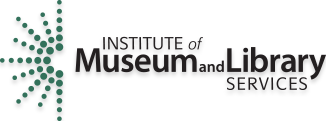
|
Collaborators Tulane University - Jeff Rubin Digital Initiatives & Publishing, Howard-Tilton Memorial Library Harvard University - Ilaria della Monica Villa I Tatti Center for Italian Renaissance Studies University of Minnesota - Cecily Marcus Umbra Search, Givens Collection of African-American Literature Carnegie Hall - Robert Hudson Archives Whitney Museum of American Art - Farris Wahbeh Research Resources |
|
An Exploratory Study into the Mining and Linking of the Mary Berenson Archive at Villa I Tatti, Harvard University Center for Italian Renaissance Studies
The Mary Berenson Project investigates the application of computational analysis techniques to archival documents to automate the generation of linked open data with the goal of creating networked narratives. Supported by the Pratt School of Information Faculty Innovation Fund and in collaboration with The Harvard University Center for Italian Renaissance Studies, Villa I Tatti, the project focuses on the collections of diaries and letters from the Berenson Archives held at the Villa I Tatti.
Mary Berenson (Philadelphia, PA 1864-1944 Florence, Italy) was an art historian, critic and wife of Italian Renaissance art historian Bernard Berenson. While she worked in the shadow of her more renowned husband, Mary is now credited with having had significant influence over his scholarly work and having been instrumental in developing the rich social circle of intellectuals, artists and art collectors that surrounded the couple during the years spent at their residence Villa I Tatti in Florence—now The Harvard University Center for Italian Renaissance Studies.
Mary Berenson’s archive, a rich collection of letters, personal diaries, literary journals and notes, both published and unpublished, is part of the Bernard and Mary Berenson Papers (1880-2002) held at the Biblioteca Berenson at the Villa I Tatti. This trove of primary source material has enormous historical value, but has yet to be fully explored.
Publications
Adams, S. A., Mann, M., Gold, R., Della Monica, I., and Pattuelli, M. C. (2019). Documents as data: Harvesting Knowledge from textual resources with DADAlytics. 11th International Conference on Qualitative and Quantitative Methods in Libraries (QQML 2019), May 28-31, Florence, Italy. Abstract.
Photograph of Mary Berenson in the Public Domain
With the support of:
Florentine Renaissance Drawings: A Linked Catalogue for the Semantic Web
The Drawings of the Florentine Painters is an online resource that allows users to simultaneously search through all three editions of art historian Bernard Berenson’s seminal work “The Drawings of the Florentine Painters”. This project is supported by a 2015 Digital Resources Grant awarded by the Samuel H. Kress Foundation to Villa I Tatti, The Harvard University Center for Italian Renaissance Studies.
Principle investigators are Lukas Klic and Jonathan Nelson of Villa I Tatti. Design, methodology, technical advising, and project management by Matt Miller, Cristina Pattuelli, and Alexandra Provo. For further information, please see the Background of The Project, Full List of Contributors, or the 2017 ARLIS/NA Review of “The Drawings of the Florentine Painters”. The entire dataset is openly available in RDF for reuse under a Creative Commons Attribution-ShareAlike license.
Publications
Klic, L., Nelson, J.K., Pattuelli, M. C., and Provo, A. (2018). Florentine Renaissance Drawings: A linked catalog for the Semantic Web. Art Documentation. (37)1, 33-43. DOI: https://doi.org/10.1086/697276.
Klic, L., Miller, M., Nelson, J., Pattuelli, M. C. and Provo, A. (2017). The drawings of the Florentine painters:
From print catalog to Linked Open Data. The Code4Lib Journal, 38(October 2017).
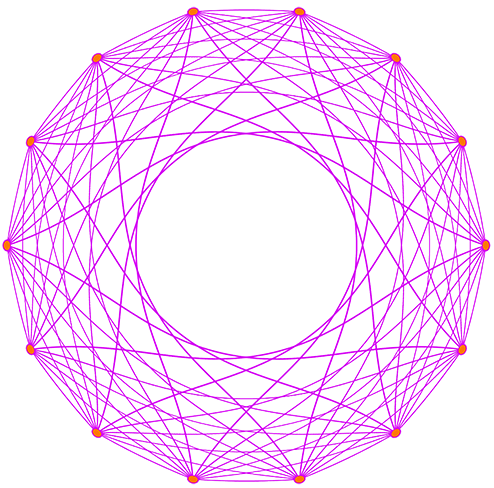
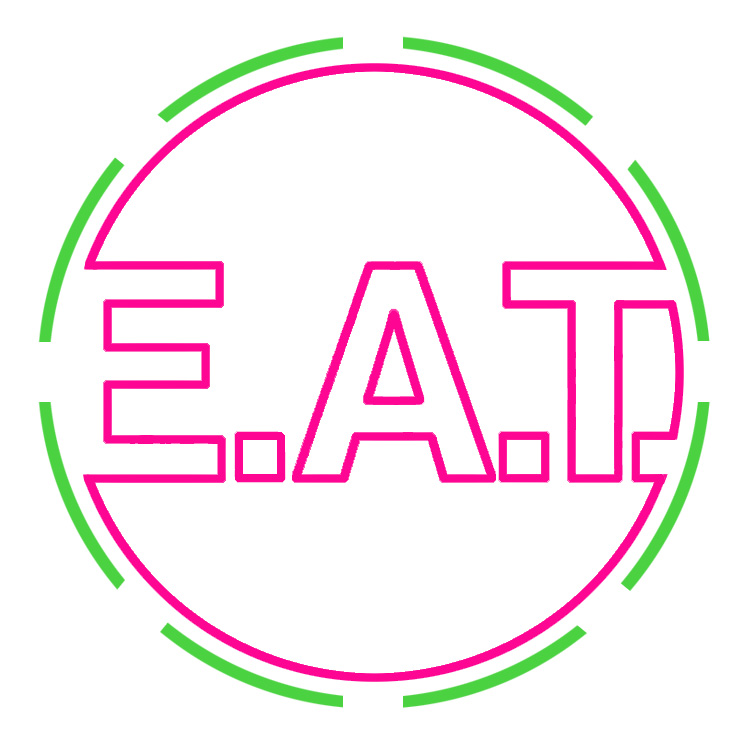 The E.A.T. Knowledge Graph
The E.A.T. Knowledge Graph
